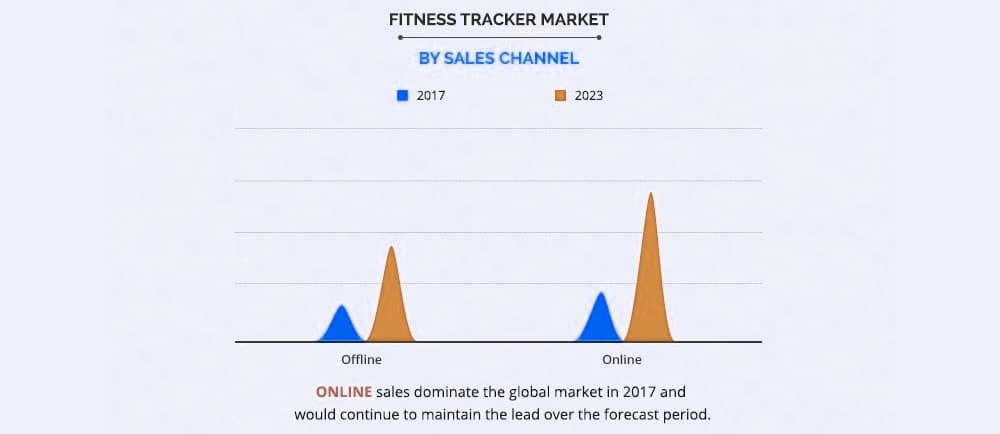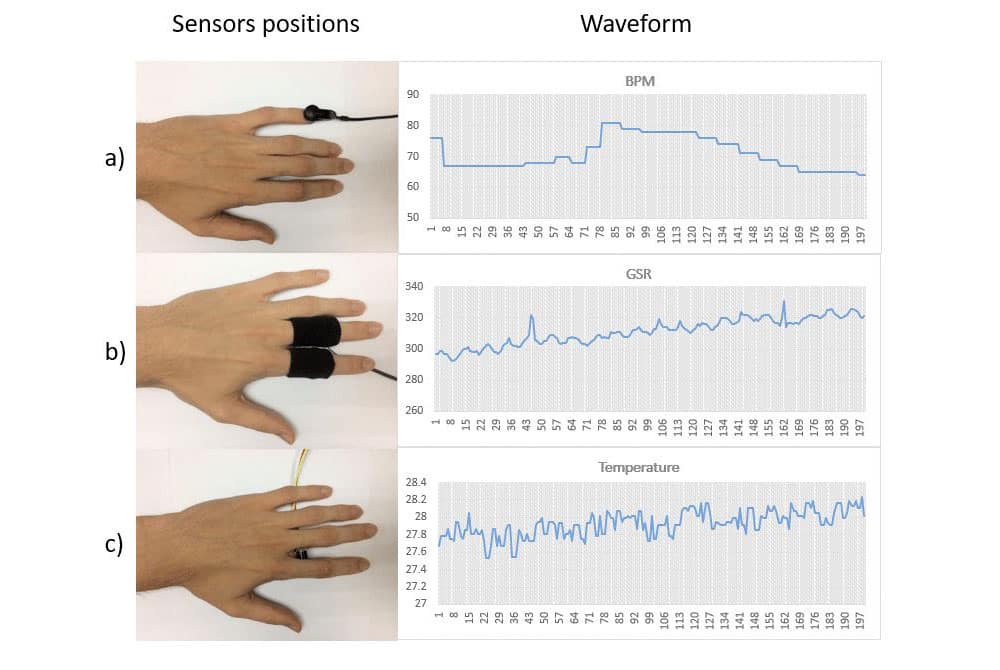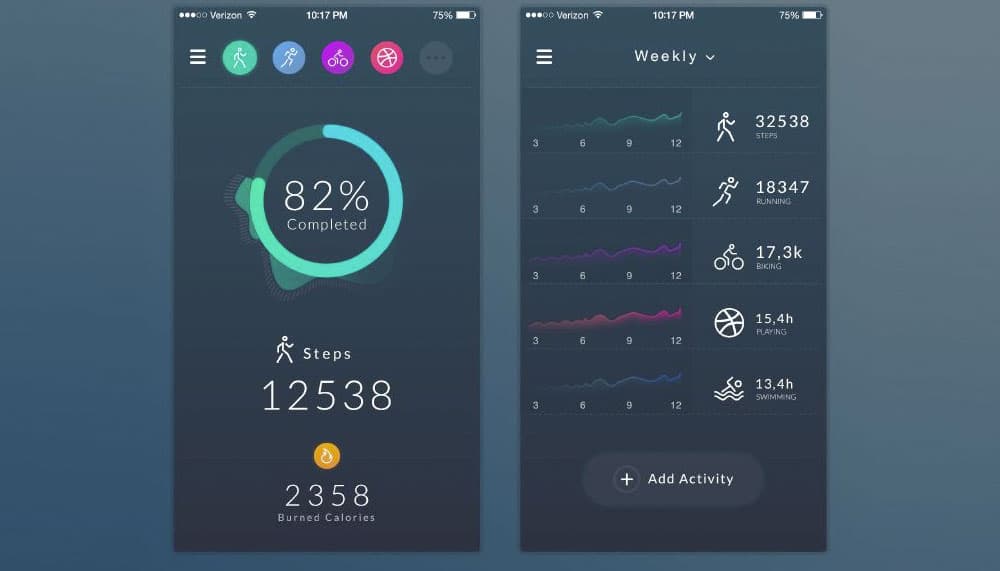Latest Technologies For Fitness App Development
In the 21st Century, fitness has become a new religion. Gyms, recreational clubs, aerobic classes, and fitness clubs have gained a lot of popularity. People are giving priority to their fitness and health. Thus, there is increased competition among the fitness club owners who are now leaving no stone unturned to attract new customers with a good retention rate. This has led the invention of fitness app development apps that can track the fitness parameter of an individual such as calories burnt, pulse, heartbeats, blood pressure, number of steps taken, etc.
As per the Statista report, the total valuation of fitness and activity trackers in 2018 was 172.2 million devices, with revenue of $26.43 billion. The common fitness tracking wearables are wristbands, armbands, chest straps, clip-on, smartwatches, and also socks with built-in pressure sensors which can track even your eating speed. In this article, we are explaining, what technologies are best for the fitness app development?
How Fitness Devices Market Arise?

The fitness activity device was firstly introduced in 2007 when brands like Fitbit, Jawbone, and Nike came into the fitness market with their activity tracking devices. After them, Samsung, LG, Pebble, and other companies weren’t left behind, and they also introduced tracking features in the wearable devices.
But it was the Apple Watch which got immensely popular and take over the market. In 2018 alone, Apple sold over 22 million Apple Watch devices. This lead many players to come into the market such as Xiaomi, Sony, Lenovo, and others.
Read More:- Promote your Mobile Application
What Hardware is used in Fitness Tracking Devices?
There are several different types of sensors in tracking devices for monitoring the health parameters and transmitting data to mobile apps. These are:
Accelerometers, Gyroscopes, and Compasses:

Every fitness tracking wearable and smartphone comes with the motion trackers like accelerometers, gyroscopes, and compasses. A gyroscope determines the orientation of an object in the space using the earth’s gravity, a compass determines the directions, and an accelerometer measures acceleration of the device using its intensity, start & end of the motion. These sensors measure when we walk, swim, run, or cycle. Thereafter, the data is transferred to the mobile application which calculates the speed, distance traveled, calories burnt, etc. Nowadays, the wearable comes with accelerometers that can even track sleep.
Accelerometer, gyroscope, and compass are three separate hardware but can be encompassed into a single motion sensor.
GPS:

You must have heard of a GPS device for tracking the way to reach your destination. It uses satellites for mapping the routes, knowing the position, and measuring speed. Now many fitness tracking devices are using GPS for runners, cyclists, and hikers. Apple Watch Series 4, Sony SmartWatch 4, Fitbit Ionic, and Mobvoi TicWatch E2 do boast built-in GPS functionality.
Barometric altimeters:

A barometric altimeter is a better alternative to GPS for elevation and altitude tracking. It can track the altitude of the object from the sea level based on the atmospheric pressure. It can also collect data on elevation if you are on a track or climbing stairs.
Optical heart-rate monitors:

Optical heart-rate monitors employ LCD sensors to monitor the changes in the saturation of blood by passing light through the skin in specific body areas such as on wrist, finger, biceps, ear, forehead, etc. They obtain a photoplethysmogram (PPG) to measure heart rate and cardiac cycle.
Skin temperature and galvanic skin response sensors:

If you want to know how much you sweat, and how your body temperature changes during fitness activities, then you will require a wearable with skin temperature and galvanic skin response sensors. These sensors also monitor your stress levels and help in getting more accurate data.
Read More:- Multi-App Strategy?
Features of a Fitness Tracker:

The cost of a fitness wearable is directly proportional to the number of sensors integrated into it. Here are some essential features of a fitness tracker:
Wireless Synchronization: Wireless synchronization is responsible for sending data to the mobile app in real-time while you are stretching out.
Real-time notifications: The Push-Notifications integrated by the fitness apps developer informs the user when they’ve achieved their goals or when you should start working out.
Water Resistance: You are definitely going to sweat while working out so the wearable must be water-resistant.
Unisex Design: The wearable should be fashionable for both genders.
Fitness mobile apps have gained a lot of popularity and are taking over the market. Now every fitness freak looks for an app to stay fit & healthy. Also, people are realizing the importance of physical fitness and this awareness can lead into a modern fad or craze will continue for years to come.
If you are an ambitious entrepreneur you must cash this opportunity by consulting a mobile app development company with expertise in Health & Fitness Apps. At Amplework, we are having expertise in developing Fitness Cross Platform apps.



 sales@amplework.com
sales@amplework.com
 (+91) 9636-962-228
(+91) 9636-962-228





